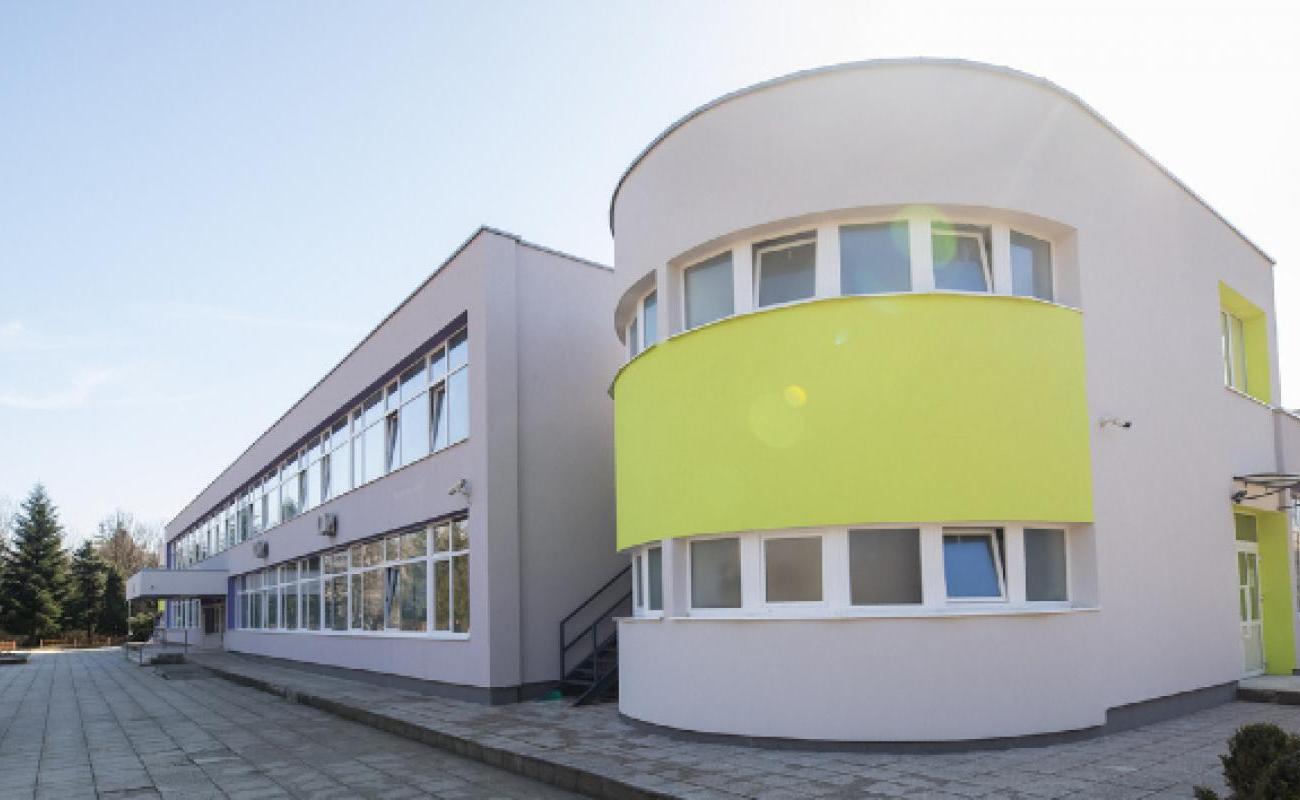Primary school in Sarajevo gets new look with EBRD and EU support

Constructed close to 40 years ago and heavily destroyed during the war, Ćamil Sijarić primary school is one of the oldest and largest schools in the area of Dobrinja in Sarajevo with more than 950 boys and girls currently enrolled.
Although it has been renovated several times over the years, the school has faced large heat losses due to an energy-inefficient façade, roof and old windows.
When the canton of Sarajevo decided to embark on a large-scale reconstruction of its public buildings, the school was identified as one of the priorities.
With financing from the European Bank for Reconstruction and Development (EBRD), the European Union (EU) and Austria, Sarajevo Canton launched in 2020 a programme to refurbish 40 public buildings, mainly educational facilities, such as nurseries, schools, student dorms, and healthcare centres. The programme aims to make those buildings more energy efficient and reduce energy and electricity costs, as well as lead to lower CO2 emissions.
Fifteen buildings were selected for the programme’s first phase, of which 13 have so far been reconstructed.
Energy efficiency improvements to Ćamil Sijarić school included installing cleaner and more efficient heating, insulating the facade, improving the lighting and fitting new windows.
Sarajevo Canton Minister Enver Hadžiahmetović expects the works to continue during 2023 on several other public buildings.
"When I visited this school a few months ago, I saw the scaffolding, building materials and a large number of workers working on thermal insulation of the facade. Outside and inside, this school looked like a hive full of hardworking bees. Today, I am happy that this school with more than 950 students has warmer rooms and took on a much nicer look.”
The EU has provided a €2 million investment grant for the programme.
“With this project, we hoped not only to improve working conditions for students and teachers, but also to contribute to energy efficiency and a cleaner environment,” says EU Ambassador to Bosnia and Herzegovina, John Sattler. “The project was made possible by our collaboration as Team Europe with the EBRD and the Austrian government, as well as our local partners, the Sarajevo Canton authorities, who ensured that the project was completed in an efficient and professional manner. The EU will continue to assist Bosnia and Herzegovina in its decarbonisation, energy efficiency and energy transition efforts."
For the EBRD, helping Sarajevo to become a greener city has been one of the main priorities in recent years. The city joined the EBRD Green Cities framework in February 2019, which is designed to help cities realise a sustainable development vision and their strategic objectives as well as define actions and investments necessary to address priority environmental issues.
Reconstruction of public buildings is part of the EBRD’s Green City Action Plan for Sarajevo canton, along with other investments in areas such as water infrastructure, urban transport and district heating.
"We are truly proud of our joint work with Sarajevo Canton and the progress it has made since joining our Green Cities programme. To date we have financed over €100million worth of projects and combined these will have a remarkable impact on citizens, the services provided to them and the city environment,” explains Manuela Naessl, EBRD Head of Bosnia and Herzegovina.
“Investing in the green economy remains one of our key strategic priorities and the EBRD and its donors stand ready to provide finance and support for it.”
Green City projects in Sarajevo are supported by the European Union, Austria, Japan, the Central European Initiative, Italy and the Western Balkans Investment Framework.
